Description
In this selection from the Philosophical Studies sequence of La Comédie Humaine, Balzac largely eschews the realism with which he became most associated and delves into a fantastical world of magic, mysticism and metaphysics. Here, the French writer’s interest in Emanuel Swedenborg comes to the fore; one can hardly miss the influence of the Swedish philosopher in the meditations of Louis Lambert and the lectures of Doctor Sigier. In Seraphita, Balzac even dedicates an entire chapter to recounting a (somewhat embellished) history of the life and works of Swedenborg, providing an excellent starting point for new readers.
Louis Lambert examines the life and theories of a boy genius who is enrolled in the Collège de Vendôme by a benefactor, the real-life author Madame de Staël. But the actual events of Louis Lambert are secondary to its extended discussions of philosophy and human emotion. Translated by Clara Bell and James Waring.
The Exiles is a short story, published in 1831, about two poets named Dante and Godefroid de Gand who attend the Sorbonne at the start of the fourteenth century. It explores questions of metaphysics and mysticism, particularly the spiritual quest for illuminism and enlightenment. Translated by Clara Bell and James Waring.
Seraphita is Balzac’s paean to spiritual love. It departs from the realism of the author’s best-known works. Seraphita is a strange and melancholic being loved by Minna, who believes him to be a man, and also by Wilfrid, who considers her a woman. In fact, Seraphita is an androgyne, the perfect example of humanity. Translated by Katharine Prescott Wormeley.
Author Bio
HONORÉ DE BALZAC (1799-1850). In a letter written in 1837 to Madame Hanska, his mistress and later his wife, the great French novelist declared that ‘Swedenborgianism’ was his religion. The influence of Swedenborg on Balzac is most clearly seen in Louis Lambert and Seraphita (the latter a seminal work which influenced artists as diverse as Strindberg, Yeats and Schoenberg), but references to Swedenborg and Swedenborgian teachings may also be seen in La Peau de Chagrin, A La Recherche de l’Absolu, Ursule Mirouët, Cousin Pons and other works. Reference: Lynn R Wilkinson, The Dream of an Absolute Language: Emanuel Swedenborg and French Literary Culture (1996)

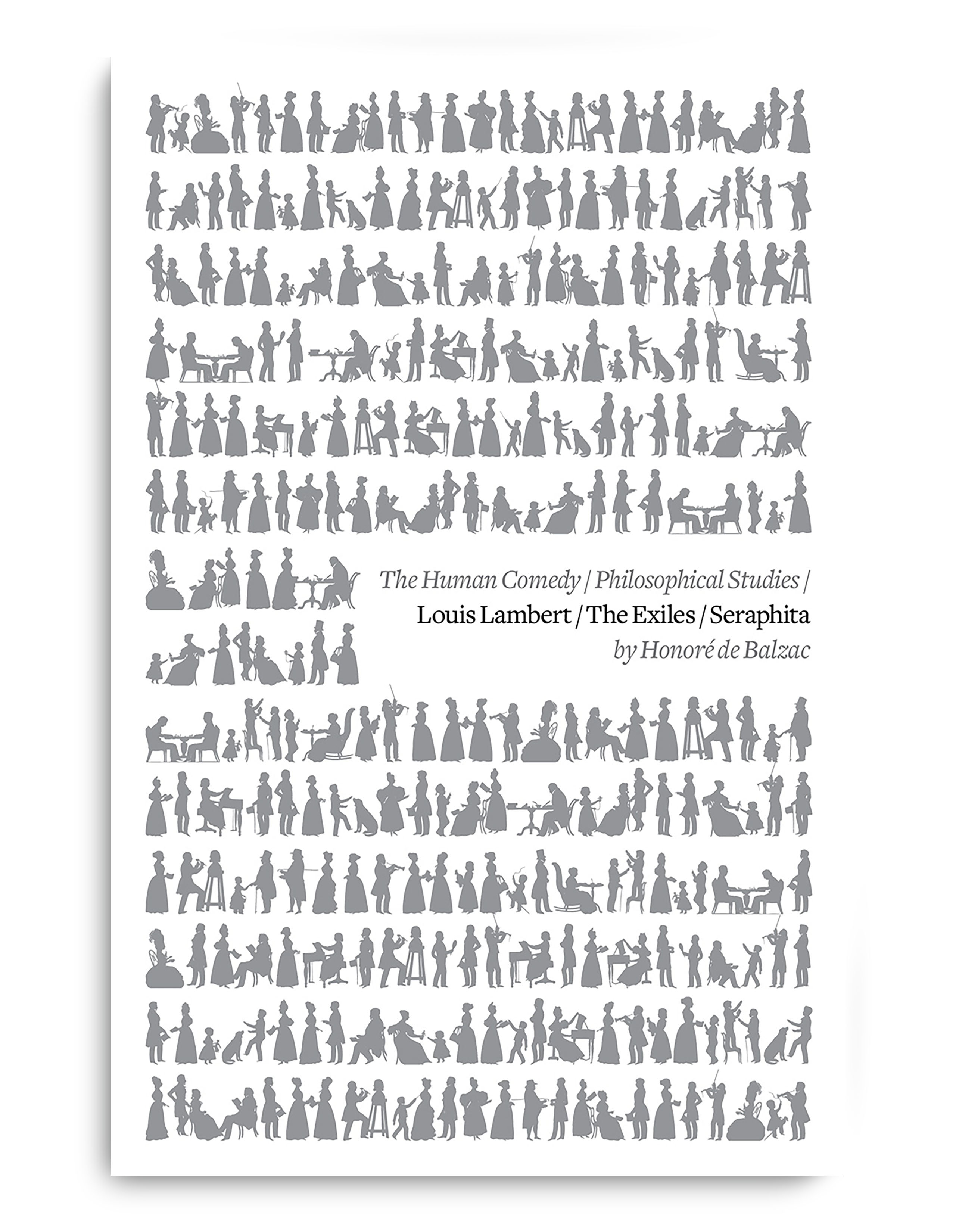
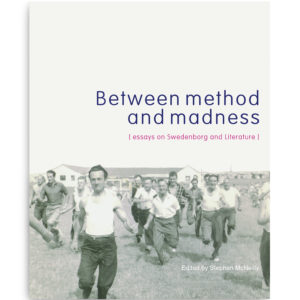
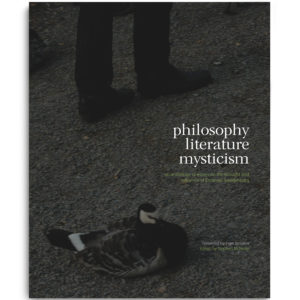
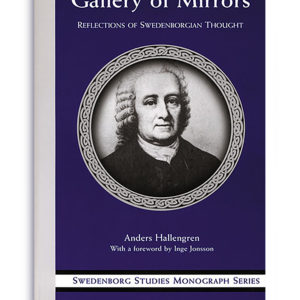
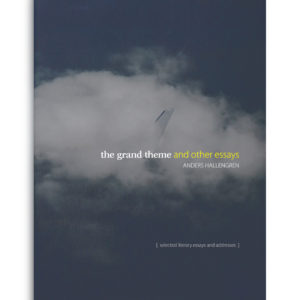
Reviews
There are no reviews yet.